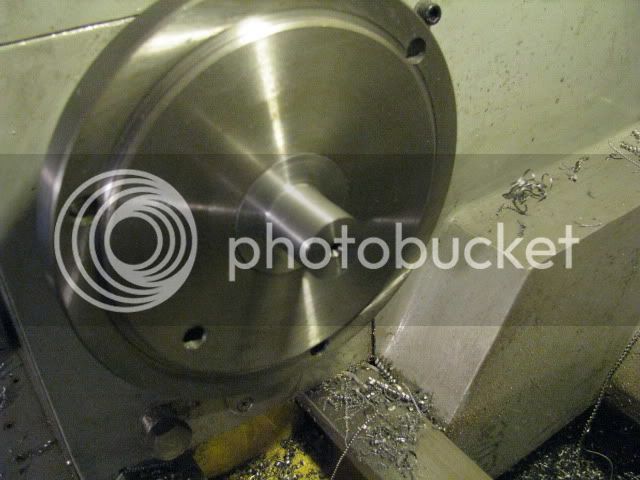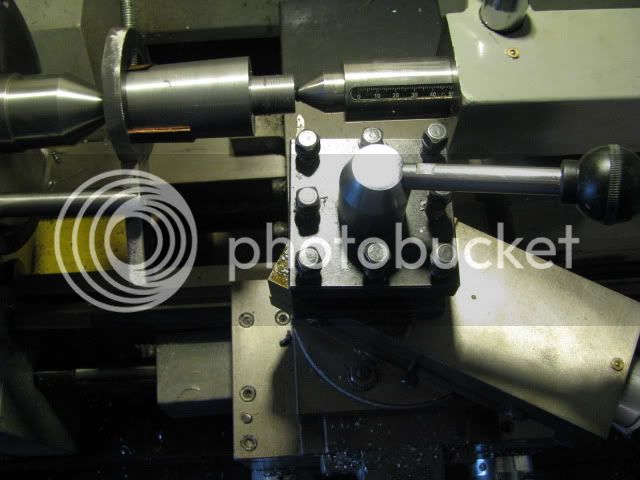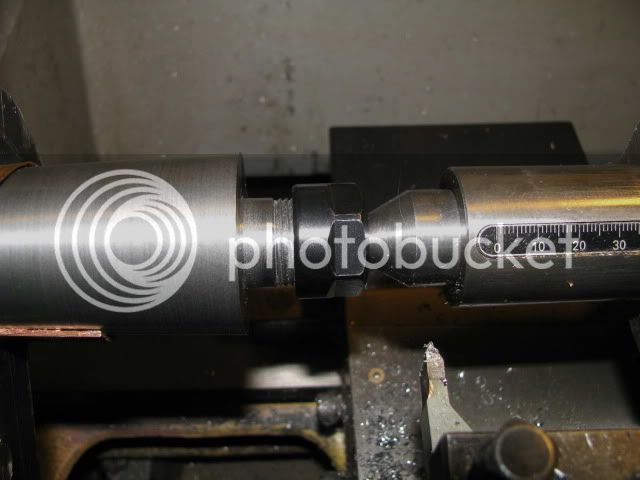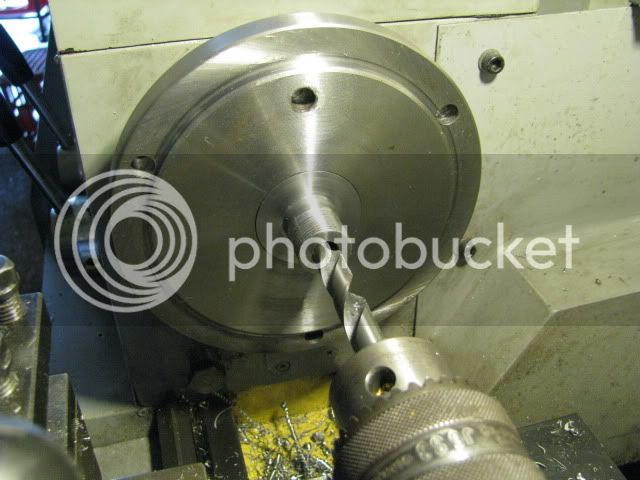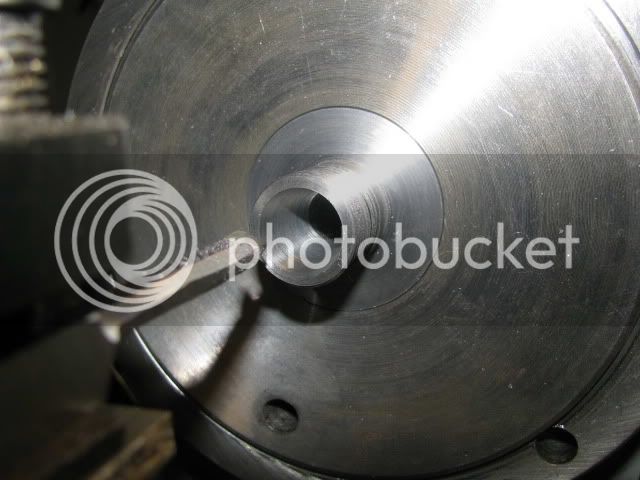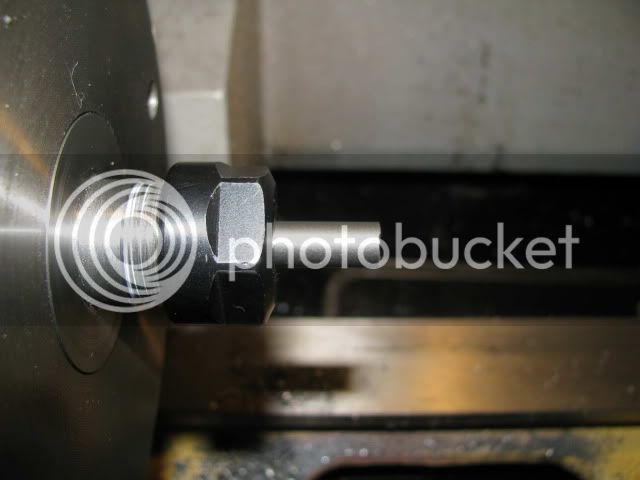Maryak
Well-Known Member
- Joined
- Sep 12, 2008
- Messages
- 4,990
- Reaction score
- 77
Hi Guys,
As threatened in my H&M thread here is the start of my ER16 Collet Chuck for my lathe which has a 4mt Spindle housing.
Turning the taper between centres using the tailstock offset method.
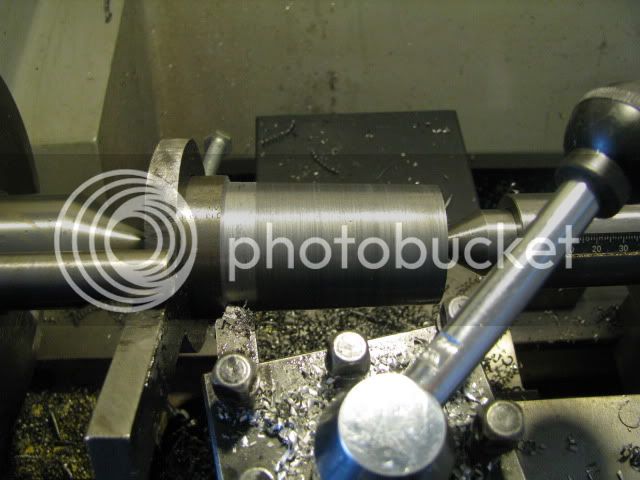
1st blue of the taper which resulted in a SWAG of a further 0.004" tailstock offset.
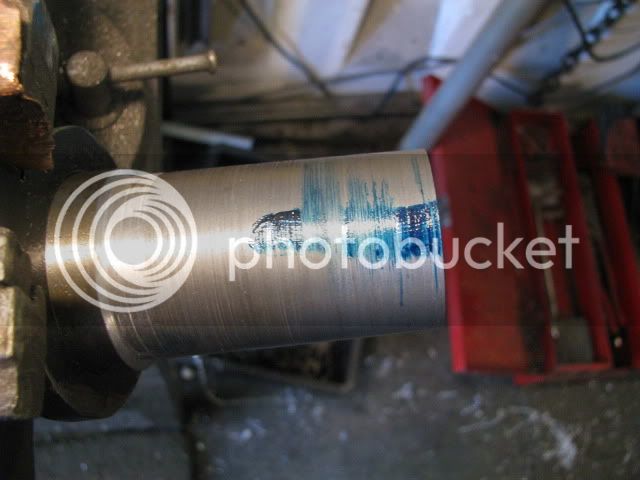
2nd blue after altering the offset as above.
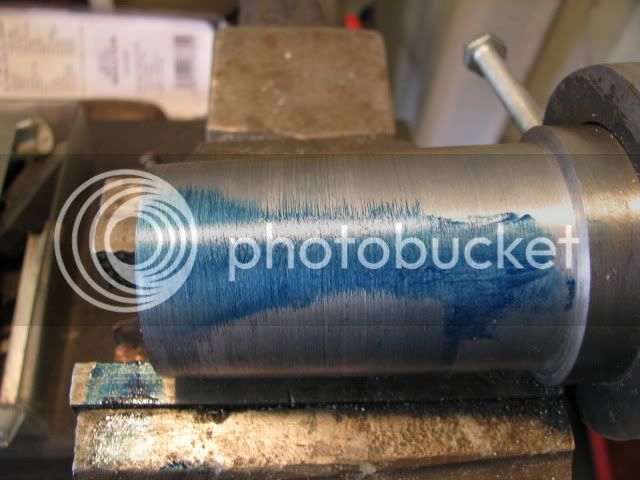
Not much to show but that's because paying work interrupted my playtime.
More next week.
Best Regards
Bob
As threatened in my H&M thread here is the start of my ER16 Collet Chuck for my lathe which has a 4mt Spindle housing.
Turning the taper between centres using the tailstock offset method.

1st blue of the taper which resulted in a SWAG of a further 0.004" tailstock offset.

2nd blue after altering the offset as above.

Not much to show but that's because paying work interrupted my playtime.
More next week.
Best Regards
Bob

































![DreamPlan Home Design and Landscaping Software Free for Windows [PC Download]](https://m.media-amazon.com/images/I/51kvZH2dVLL._SL500_.jpg)
















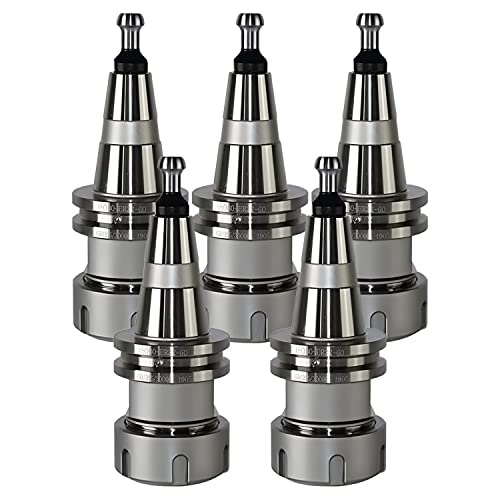






![TurboCAD 2020 Designer [PC Download]](https://m.media-amazon.com/images/I/51UKfAHH1LL._SL500_.jpg)










